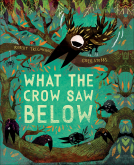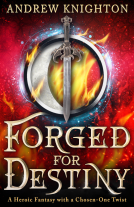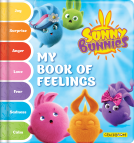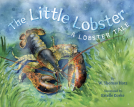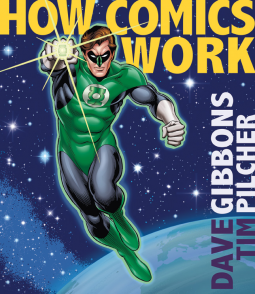
How Comics Work
by Dave Gibbons; Tim Pilcher
This title was previously available on NetGalley and is now archived.
Send NetGalley books directly to your Kindle or Kindle app
1
To read on a Kindle or Kindle app, please add kindle@netgalley.com as an approved email address to receive files in your Amazon account. Click here for step-by-step instructions.
2
Also find your Kindle email address within your Amazon account, and enter it here.
Pub Date Oct 02 2017 | Archive Date Nov 07 2017
Quarto Publishing Group – Wellfleet Press | Wellfleet Press
Description
In Eisner Award–nominated How Comics Work, Dave Gibbons offers a class in creating comic books. Learn scriptwriting, page layouts, lettering, and more from the incredible artist behind Watchmen!
This “How It's Done” series reveals insider hints, tips, and tricks from one of the world’s greatest comic creators, all in his own words. The artist behind juggernauts like Watchmen and The Green Lantern, Dave Gibbons is here to teach you scriptwriting, page layouts, lettering, cover designs, and more, with scans of original artwork and rarely seen workings to illustrate his personal creative processes.
How Comics Work covers both Gibbons' hand-drawn and digital design techniques in depth. An early adopter of computer design in comic creation, all his lettering is digital, and he even has his own “hand-lettered” font. This is your chance to gain insight to Gibbons' digital work, from his computer coloring and 3-D modelling with Angus McKie on Give Me Liberty, to his work on The Originals using digital grey tones. You’ll learn how he layers text for editing, creates effects such as flares and neon glows, and prepares artwork for print and online.
How Comics Work is everything you need to know to get started creating great comic books.
Available Editions
| EDITION | Other Format |
| ISBN | 9781577151579 |
| PRICE | $24.99 (USD) |
| PAGES | 192 |
Average rating from 8 members
Readers who liked this book also liked:
L.M Montgomery
Children's Fiction, Comics, Graphic Novels, Manga, Teens & YA
Tadashi Agi
Comics, Graphic Novels, Manga, Cooking, Food & Wine, Entertainment & Pop Culture
Carine Laforest;
Children's Fiction
W. Thomas Hotz, illustrated by Estelle Corke
Children's Nonfiction, Outdoors & Nature, Science





